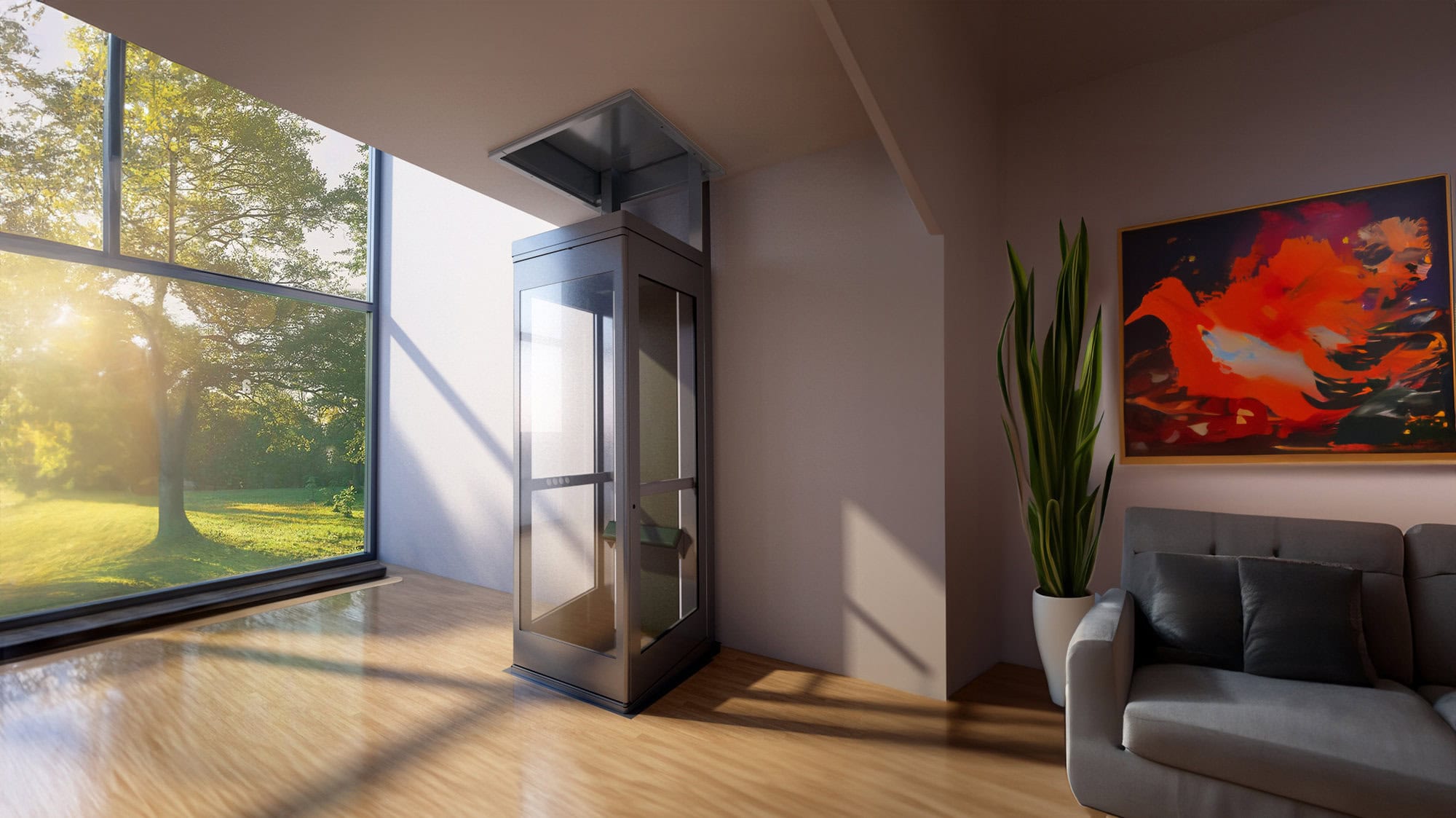Leading Lift Companies in London: Offering Quality Installations and Maintenance
Leading Lift Companies in London: Offering Quality Installations and Maintenance
Blog Article
Looking Into the World of Lifts: Typical Issues Encountered by Different Lift Mechanisms
As we navigate with the upright transport systems of contemporary structures, lifts stand out as an indispensable component of our everyday lives. From hydraulic lifts to grip systems and machine-room-less designs, each lift type comes with its collection of usual problems.
Hydraulic Elevators
Hydraulic elevators, often chosen for low-rise structures, make use of fluid pressure to control the activity of the lift automobile (lift repair companies). This device entails a hydraulic pump pressing oil right into a cylinder, triggering the elevator to relocate the wanted instructions. While hydraulic lifts are known for their peaceful and smooth procedure, they do feature their very own collection of usual concerns
One common problem with hydraulic elevators is oil leakage. The seals in the hydraulic system can wear in time, resulting in oil seepage. If left unaddressed, this not just creates a mess but can additionally influence the elevator's performance. In addition, concerns with the control system, such as malfunctioning valves or a malfunctioning pump, can cause interruptions in the lift's movement.
Normal upkeep and prompt fixings are vital to make sure the smooth performance of hydraulic lifts. By resolving these typical concerns proactively, structure proprietors can decrease downtime and guarantee the safety and efficiency of their upright transportation system.
Grip Elevators
When thinking about upright transportation systems in buildings, an additional typical type apart from hydraulic elevators is the grip lift. Grip lifts run using a system of ropes and weights that move the lift automobile by clutching onto the hoist ropes. This device allows for smoother and faster vertical transportation contrasted to hydraulic systems.
One of the usual concerns dealt with by grip elevators is rope wear. The continuous activity of the ropes within the traction system can bring about tear and use gradually, potentially creating the elevator to malfunction or become hazardous for usage. Regular assessments and maintenance of the ropes are vital to make certain the lift's proper functioning and safety.
An additional concern that traction lifts might run into is connected to the control system. Issues with the control system can bring about concerns such as erratic motion, delays in feedback times, or perhaps complete closures. Regular screening and maintenance of the control system are critical to avoid such problems and ensure the elevator's integrity.
Machine-Room-Less (MRL) Lifts

One of the vital elements of MRL elevators is the portable gearless grip maker that is installed within the hoistway. This device efficiently drives the lift check it out cars and truck without the requirement for bulky tools found in traditional grip elevators. In addition, MRL elevators typically make use of a counterweight system to stabilize the vehicle, more improving their power effectiveness.
In spite of their advantages, MRL lifts may deal with obstacles associated with upkeep and repair work because of the constrained space for devices installment. Ease of access for servicing elements within the shaft can be limited, requiring specialized training for professionals. Correct maintenance timetables and routine inspections are important to make certain the continued smooth operation of MRL elevators.
Overloading and Weight Limit Issues
Overwhelming and weight limitation issues are crucial issues in elevator procedures. Lift producers style lifts with specific weight abilities to make certain traveler security and devices longevity.
When elevators are overloaded, it places too much stress on the motor, cords, and other elements, potentially causing malfunctions or malfunctions. Safety and security devices such as sensors and overload sensing units remain in location to avoid lifts from relocating if they discover excess weight. In addition, surpassing weight limits can result in enhanced energy usage and wear and tear on the elevator system.
To mitigate straining problems, building managers must prominently present weight limits in lifts and educate owners on the significance of adhering to these limitations - lift repair companies. Normal maintenance checks by certified service technicians can also assist ensure that lifts are operating within secure weight parameters. By resolving overloading and weight limit problems proactively, structure owners can improve elevator security and efficiency
Electric System Failures
Going beyond weight restrictions in lifts can not just lead to mechanical problems however likewise potentially contribute to electrical system failures within the lift infrastructure. Electrical system failings are a crucial issue in elevator operation, as they can create unforeseen closures, breakdowns, or even security hazards.
Normal maintenance and inspections are crucial to recognize and deal with possible electrical concerns quickly, making certain the effective and safe operation of lift systems. By adhering to weight limitations and conducting routine electric system checks, building proprietors can alleviate the risk of electrical failings in elevators.
Final Thought

Hydraulic lifts, typically preferred for low-rise structures, utilize fluid stress to control the activity of the elevator vehicle.When considering upright transportation systems in structures, another usual type apart from hydraulic elevators is the grip elevator. Traction lifts operate making use of a system of ropes and see this counterweights that relocate the lift automobile by clutching onto the hoist ropes. Unlike typical elevators that call for a separate device area to house the equipment, MRL lifts incorporate most of the elements within the shaft, removing the demand for a specialized machine space.In verdict, elevators deal with usual issues such as hydraulic malfunctions, traction system failings, and electrical system issues.
Report this page